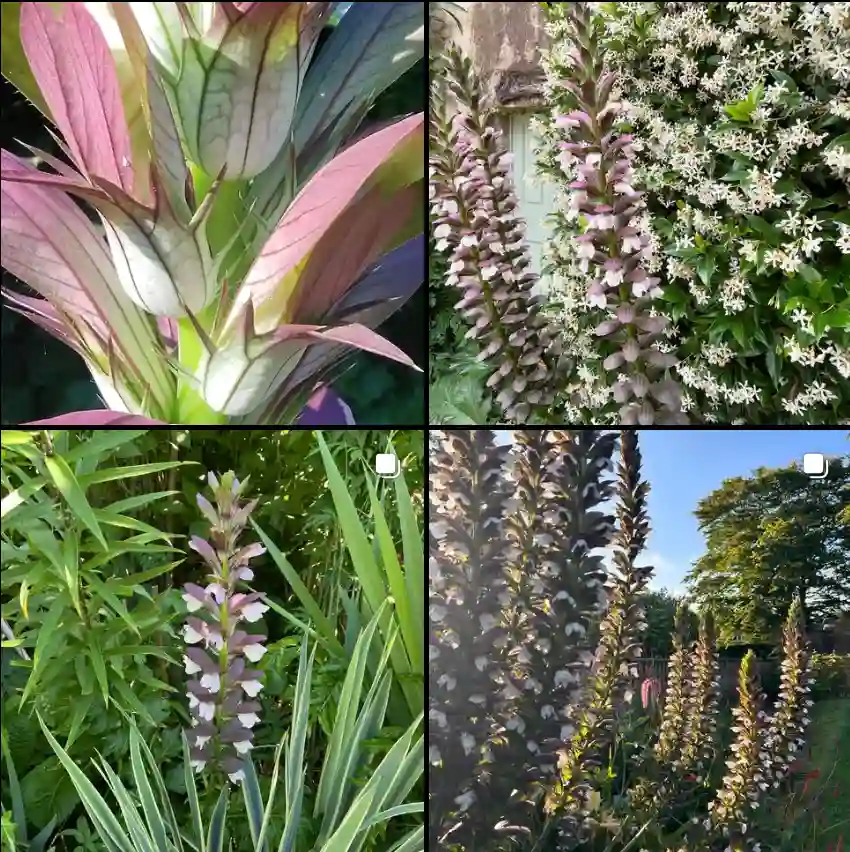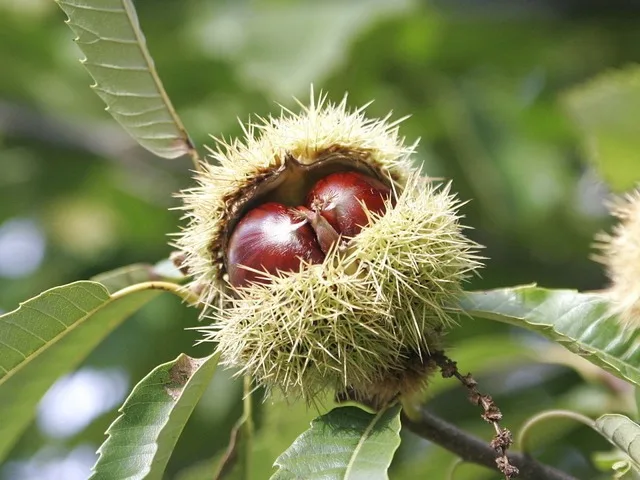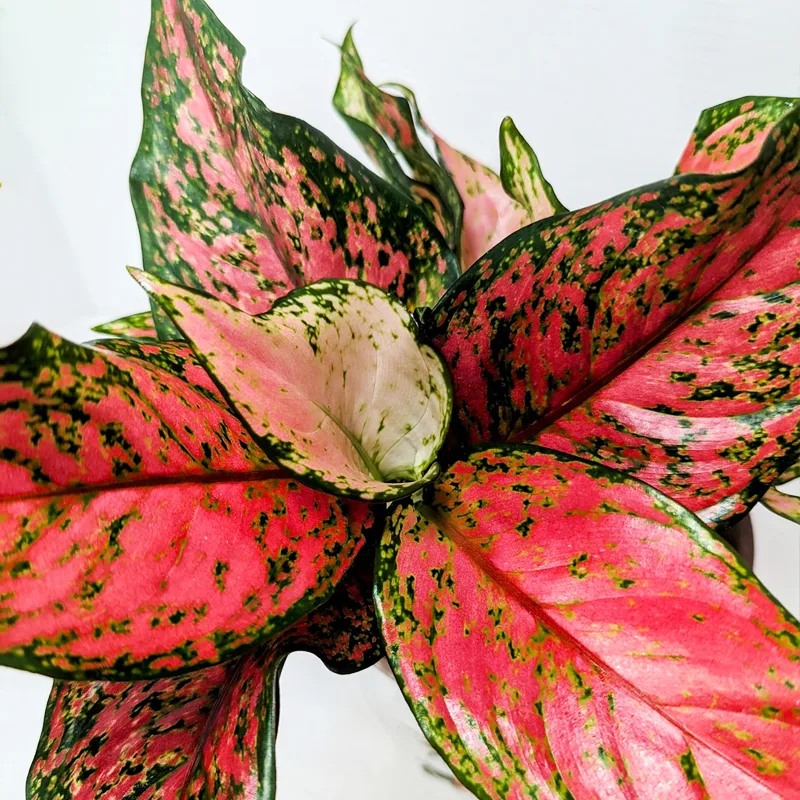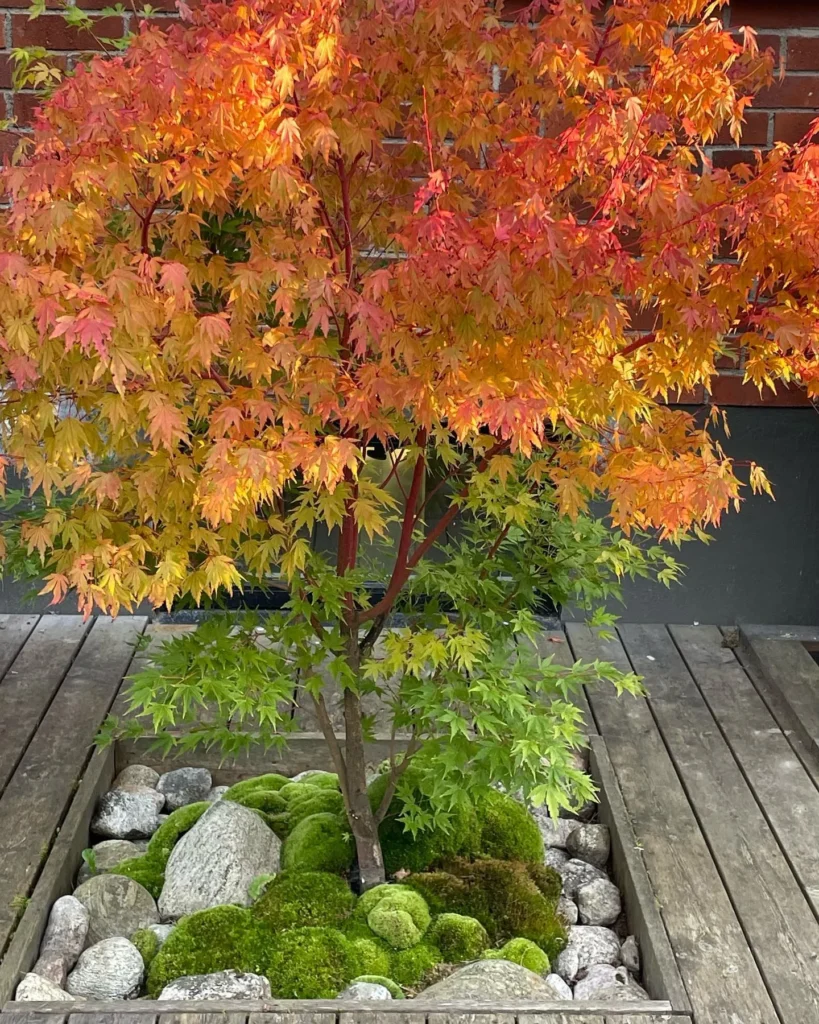Populus: A Love Letter to the Quaking Giants
My name is Ferb Vu, and I’ve always been drawn to trees. Their silent strength, the way they reach for the sky, the whisper of leaves in the wind – it’s a language I understand. But among the many species that grace our planet, the genus Populus from the Salicaceae family holds a special place in my heart. These aren’t just trees; they’re living sculptures, each with a unique character and a story to tell.
Perhaps you know them better as poplars, aspens, or cottonwoods. These common names hint at the diversity within this remarkable genus, a family of around 80 species scattered across the Northern Hemisphere. From the towering cottonwoods that line riverbanks to the shimmering aspens that blanket hillsides, Populus paints landscapes with strokes of green and gold.
A Symphony of Leaves
One of the first things that captivated me about Populus is the way their leaves dance in the breeze. It’s more than just a rustle; it’s a symphony of whispers, a chorus of fluttering leaves that seem to clap and chatter with the slightest gust. This distinctive sound comes from the unique shape of their leaves – flattened petioles that act like tiny wings, catching the wind and setting the whole tree in motion.
Think of the quaking aspen (Populus tremuloides), its leaves shimmering like coins in the sunlight. Or the white poplar (Populus alba), its leaves flashing silver as they turn in the wind. Even the balsam poplar (Populus balsamifera), with its fragrant resinous buds, joins the dance with its ovate leaves that sway and swirl in the air.
A Tapestry of Bark
But the beauty of Populus goes beyond its leaves. Their bark is a tapestry of textures and colors, each species boasting its own unique pattern. The smooth, greenish-white bark of young aspens gives way to furrowed, dark gray bark as they mature. The black cottonwood (Populus trichocarpa) displays deep fissures in its bark, like ancient hieroglyphs etched into its trunk. And the Lombardy poplar (Populus nigra ‘Italica’), with its distinctive columnar shape, has bark that’s almost black, providing a stark contrast to its vibrant green foliage.
A Legacy of Resilience
Populus trees are not just beautiful; they’re survivors. They thrive in a variety of habitats, from the cold boreal forests of Canada to the arid regions of Central Asia. They’re pioneers, often the first to colonize disturbed areas, their fast growth rate and ability to spread through root suckers allowing them to quickly establish themselves.
This resilience is reflected in their long history. Fossil evidence suggests that Populus has been around for millions of years, weathering ice ages and climate shifts. Today, they continue to play a vital role in ecosystems, providing habitat for wildlife, stabilizing soil, and even helping to clean the air.
A Diverse Family
The genus Populus is a melting pot of species, each with its own unique characteristics and adaptations. Here are:
- Populus alba (White Poplar): Known for its striking white bark and leaves that are dark green on top and silvery-white underneath.
- Populus tremuloides (Quaking Aspen): Famous for its shimmering leaves and ability to form vast clonal colonies. Plant FAQs: Quaking Aspen – Populus Tremuloides
- Populus nigra (Black Poplar): A large tree with dark, furrowed bark and triangular leaves.
- Populus deltoides (Eastern Cottonwood): A massive tree with thick, deeply furrowed bark and large, deltoid-shaped leaves.
- Populus trichocarpa (Black Cottonwood): The tallest hardwood tree in western North America, known for its fragrant buds and large, heart-shaped leaves. Plant FAQs: Populus Trichocarpa
- Populus balsamifera (Balsam Poplar): Recognized by its aromatic resinous buds and ovate leaves.
- Populus grandidentata (Bigtooth Aspen): Distinguished by its large, coarsely toothed leaves.
- Populus fremontii (Fremont’s Cottonwood): A common sight in the southwestern United States, with broad, triangular leaves and smooth, gray-green bark.
- Populus × acuminata Rydb.
- Populus adenopoda Maxim.
- Populus alaschanica Kom.
- Populus angustifolia E.James
- Populus × berolinensis K.Koch
- Populus brandegeei C.K.Schneid.
- Populus × brayshawii B.Boivin
- Populus × canescens (Aiton) Sm.
- Populus cathayana Rehder
- Populus ciliata Wall. ex Royle
- Populus euphratica Olivier
- Populus × generosa A.Henry
- Populus girinensis Skvortsov
- Populus glauca Haines
- Populus guzmanantlensis A.Vázquez & R.Cuevas
- Populus haoana W.C.Cheng & Z.Wang
- Populus × hastata Dode
- Populus × heimburgeri B.Boivin
- Populus heterophylla L.
- Populus × hinckleyana Correll
- Populus × hopeiensis Hu & H.F.Chow
- Populus hsinganica Z.Wang & Skvortzov
- Populus ilicifolia (Engl.) Rouleau
- Populus × inopina Eckenw.
- Populus intramongolica T.Y.Sun & E.W.Ma
- Populus kangdingensis Z.Wang & S.L.Tung
- Populus × kashmirica A.K.Skvortsov
- Populus keerqinensis T.Y.Sun
- Populus lancifolia N.Chao
- Populus lasiocarpa Oliv.
- Populus laurifolia Ledeb.
- Populus liaotungensis Z.Wang & Skvortzov
- Populus luziarum A.Vázquez, Muñiz-Castro & Padilla-Lepe
- Populus macrocarpa (Schrenk) Pavlov & Lipsch.
- Populus mainlingensis Z.Wang & S.L.Tung
- Populus mandschurica Nakai
- Populus mexicana Wesm.
- Populus minhoensis S.F.Yang & H.F.Wu
- Populus nakaii Skvortsov
- Populus ningshanica Z.Wang & S.L.Tung
- Populus × ontariensis Loisel.
- Populus × parryi Sarg.
- Populus primaveralepensis A.Vázquez, Muñiz-Castro & Zuno
- Populus pruinosa Schrenk
- Populus pseudoglauca Z.Wang & P.Y.Fu
- Populus pseudomaximowiczii Z.Wang & S.L.Tung
- Populus pseudosimonii Kitag.
- Populus × pseudotomentosa Z.Wang & S.L.Tung
- Populus qamdoensis Z.Wang & S.L.Tung
- Populus qiongdaoensis T.Hong & P.Luo
- Populus × rasumowskiana (R.I.Schröd. ex Regel) Dippel
- Populus rockii (Rehder) H.L.Yang
- Populus × rollandii Rouleau
- Populus × rouleauana B.Boivin
- Populus schneideri (Rehder) N.Chao
- Populus shanxiensis Z.Wang & S.L.Tung
- Populus simaroa Rzed.
- Populus simonii Carrière
- Populus × smithii B.Boivin
- Populus × steiniana Bornm.
- Populus suaveolens Fisch. ex Poit. & A.Vilm.
- Populus szechuanica C.K.Schneid.
- Populus × tomentosa Carrière
- Populus tremula L.
- Populus trinervis Z.Wang & S.L.Tung
- Populus tristis Fisch.
- Populus usbekistanica Kom.
- Populus wenxianica Z.C.Feng & J.L.Guo
- Populus wilsonii C.K.Schneid.
- Populus wuana Z.Wang & S.L.Tung
- Populus xiangchengensis Z.Wang & S.L.Tung
- Populus × xiaohei T.S.Hwang & Liang
- Populus yatungensis (Z.Wang & P.Y.Fu) Z.Wang & S.L.Tung
- Populus × yuana Z.Wang & S.L.Tung
- Populus yunnanensis Dode
A Connection that Endures
For me, Populus represents more than just a group of trees. It’s a symbol of resilience, adaptability, and the enduring power of nature. Whether I’m walking through a grove of aspens, their leaves whispering secrets in the wind, or admiring the towering presence of a cottonwood, its bark etched with the stories of time, I feel a connection to something larger than myself.
The genus Populus is a reminder that beauty can be found in the most unexpected places, and that even in the face of adversity, life finds a way to thrive. It’s a connection I cherish, a love letter to the quaking giants that grace our world.
If i die, water my plants!



